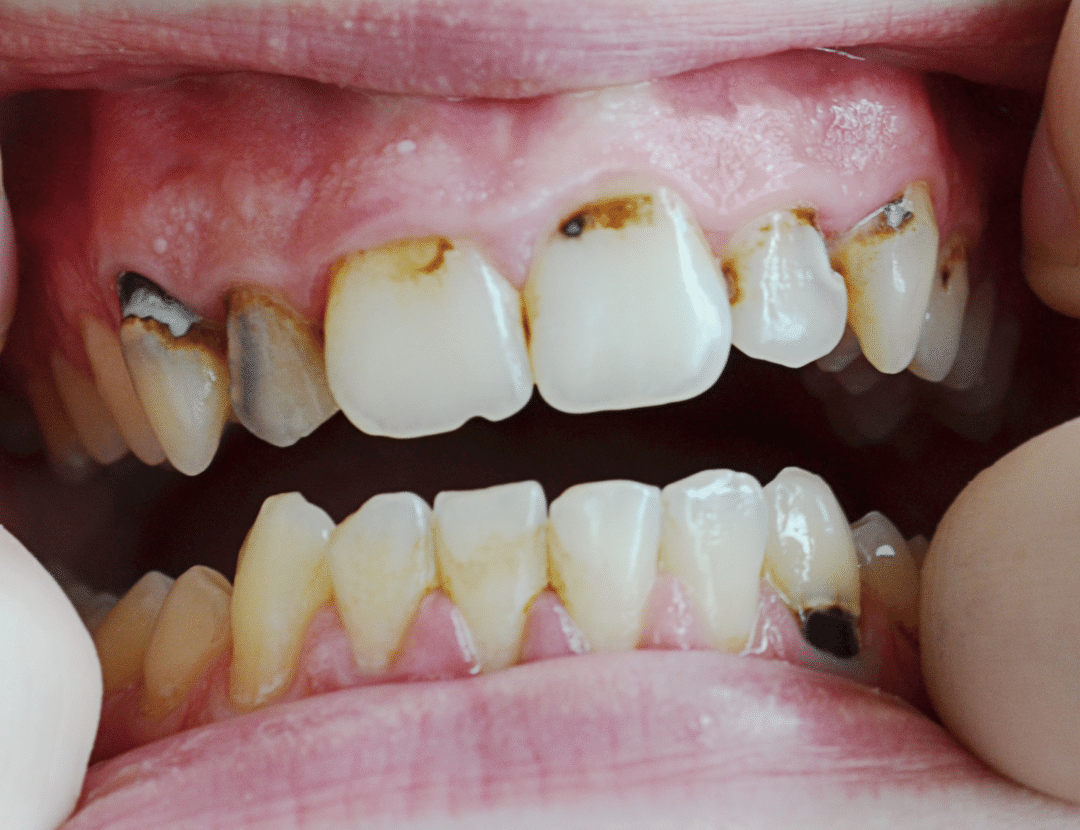Gum disease includes a wide range of diseases, but gingivitis is the most common disease. Gingivitis is a bacterial infection of the tissues in the mouth where the gums in your mouth start to swell up and the potential could lead it to become a serious issue of gum disease. Since a bone recession is not visible to the naked eye, and if left undetected, this could lead to tooth loss, it is important to visit your dentist for professional examinations and dental cleanings to identify gingivitis.
At Minty Smiles, we make sure that all of our patients are happy and leave our office with a beautiful smile. We help guide you so that you have a good and healthy oral care routine.




